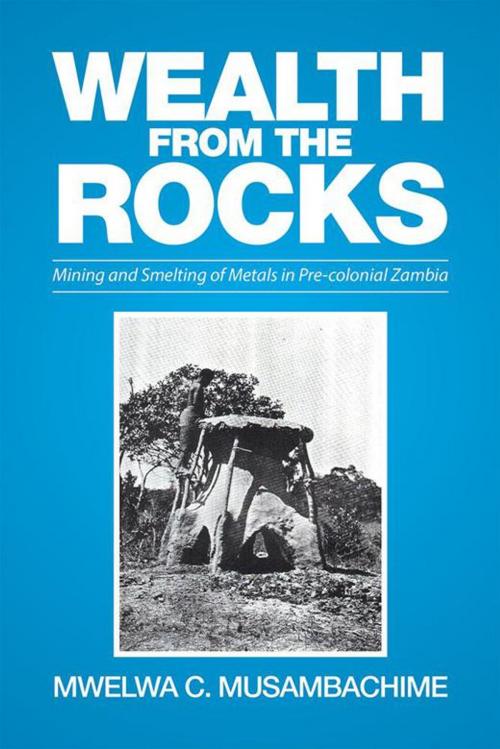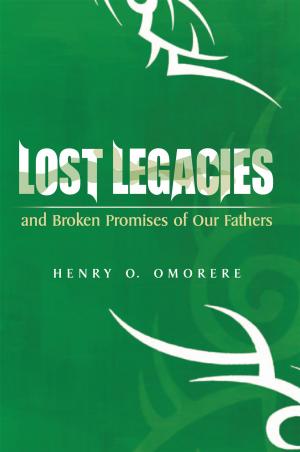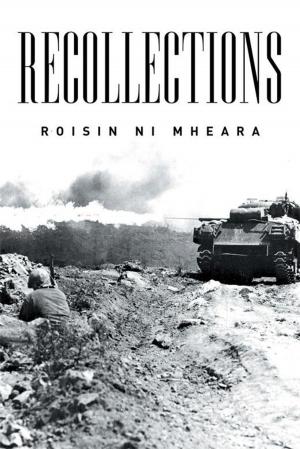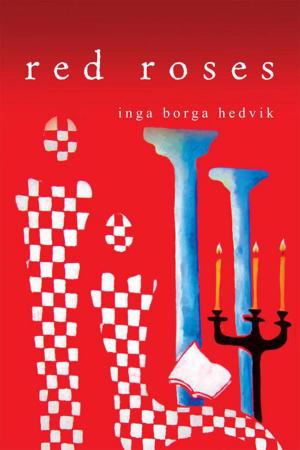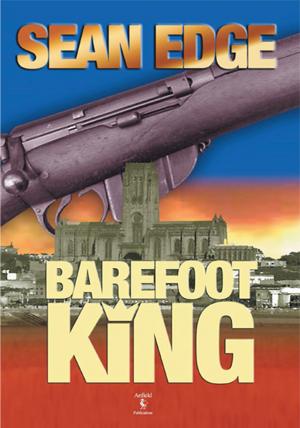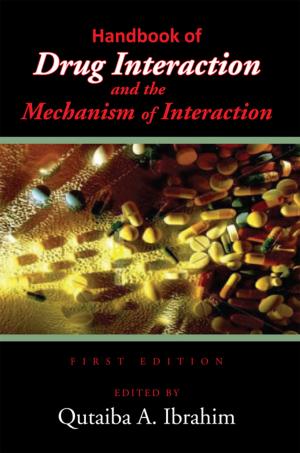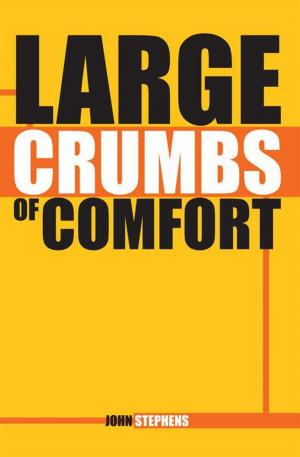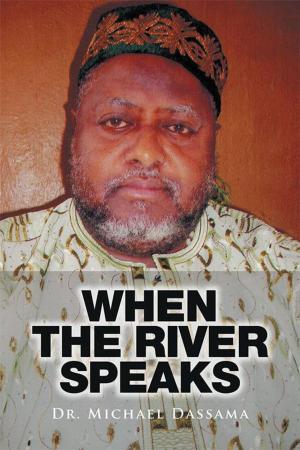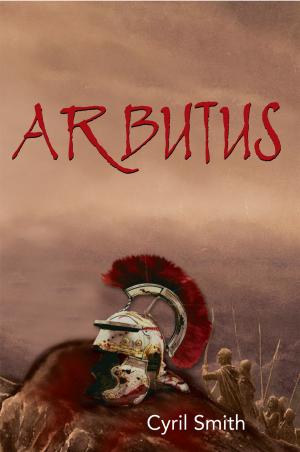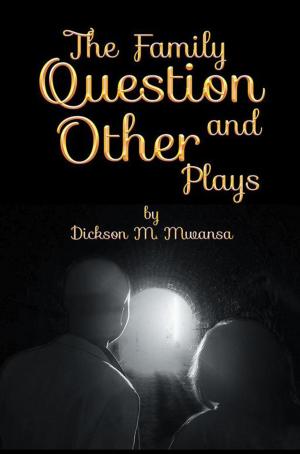| Author: | Mwelwa C. Musambachime | ISBN: | 9781514449141 |
| Publisher: | Xlibris UK | Publication: | July 29, 2016 |
| Imprint: | Xlibris UK | Language: | English |
| Author: | Mwelwa C. Musambachime |
| ISBN: | 9781514449141 |
| Publisher: | Xlibris UK |
| Publication: | July 29, 2016 |
| Imprint: | Xlibris UK |
| Language: | English |
This study focuses on the study of metallurgy in pre-colonial Zambia to 1890. A general review of the literature on metallurgy in pre-colonial Zambia reveals that during the period our study (up to 1890), three metals were mined. Iron production was a widespread, important and significant phenomenon, responsible for producing utility toolshoes, axe, knives, weapons, spears, arrow heads and broad knives, and regalia for the political and religious office holderscopper, which was confine to few areas; and gold to even fewer areas. Metallurgy was an important economic activity in which all ethnic groups participated in different levels of intensity. From iron ore which was smelted in elaborate and complicated processes imbued in magic, song, dance, incantations, medicines, and taboos by members of exclusively male guilds, blacksmiths were able to produce the following: (a) tools used in agriculture: hoes, axes used to clear forestays or areas to be cultivated to grow food for subsistence, non-edible crops such as tobacco and hemp which were smoked as part of relaxation, cotton used to make blankets sand shawls, needles for mending clothes, and knives for a variety of uses; (b) hunting using varieties of spears to hunt game, seek protection from dangerous animals, for defence of resources or offence to capture desired resources; (c) various sizes of hooks used in fishing different varieties of fish; and (d) making of regalia used in chieftaincies and priesthood as symbols of authority. Copper was also smelted and put in ingots of varying sizes and rods of varying sizes and lengths, which were (a) used to make copper wires as wires, rods, vessels and other utensils, copper smiths produced jewellery and ornaments and cast art pieces such as statues and necklaces worn by men and women as status symbols; (b) used in exchange of goods and services as currency; and (c) used to produce regalia for the for those in authority. Gold was mined directly and processed into making as variety of items such as buttons and regalia. In its various forms of development and sophistication, metallurgy was responsible for the economic, social and political advances among the pre-colonial societies. A variety of skills was required for building furnaces, producing charcoal, smelting and forging iron into goods. Metallurgy and production of various items that were needed and necessary for an improved life were generally not an enclave activity but a process that satisfied the totality of socioeconomic needs. It also promoted the gender division of labour within community. Wealth from the Rocks is therefore a detailed study of the place, role, and function of metallurgy in pre-colonial Zambian societies.
This study focuses on the study of metallurgy in pre-colonial Zambia to 1890. A general review of the literature on metallurgy in pre-colonial Zambia reveals that during the period our study (up to 1890), three metals were mined. Iron production was a widespread, important and significant phenomenon, responsible for producing utility toolshoes, axe, knives, weapons, spears, arrow heads and broad knives, and regalia for the political and religious office holderscopper, which was confine to few areas; and gold to even fewer areas. Metallurgy was an important economic activity in which all ethnic groups participated in different levels of intensity. From iron ore which was smelted in elaborate and complicated processes imbued in magic, song, dance, incantations, medicines, and taboos by members of exclusively male guilds, blacksmiths were able to produce the following: (a) tools used in agriculture: hoes, axes used to clear forestays or areas to be cultivated to grow food for subsistence, non-edible crops such as tobacco and hemp which were smoked as part of relaxation, cotton used to make blankets sand shawls, needles for mending clothes, and knives for a variety of uses; (b) hunting using varieties of spears to hunt game, seek protection from dangerous animals, for defence of resources or offence to capture desired resources; (c) various sizes of hooks used in fishing different varieties of fish; and (d) making of regalia used in chieftaincies and priesthood as symbols of authority. Copper was also smelted and put in ingots of varying sizes and rods of varying sizes and lengths, which were (a) used to make copper wires as wires, rods, vessels and other utensils, copper smiths produced jewellery and ornaments and cast art pieces such as statues and necklaces worn by men and women as status symbols; (b) used in exchange of goods and services as currency; and (c) used to produce regalia for the for those in authority. Gold was mined directly and processed into making as variety of items such as buttons and regalia. In its various forms of development and sophistication, metallurgy was responsible for the economic, social and political advances among the pre-colonial societies. A variety of skills was required for building furnaces, producing charcoal, smelting and forging iron into goods. Metallurgy and production of various items that were needed and necessary for an improved life were generally not an enclave activity but a process that satisfied the totality of socioeconomic needs. It also promoted the gender division of labour within community. Wealth from the Rocks is therefore a detailed study of the place, role, and function of metallurgy in pre-colonial Zambian societies.
